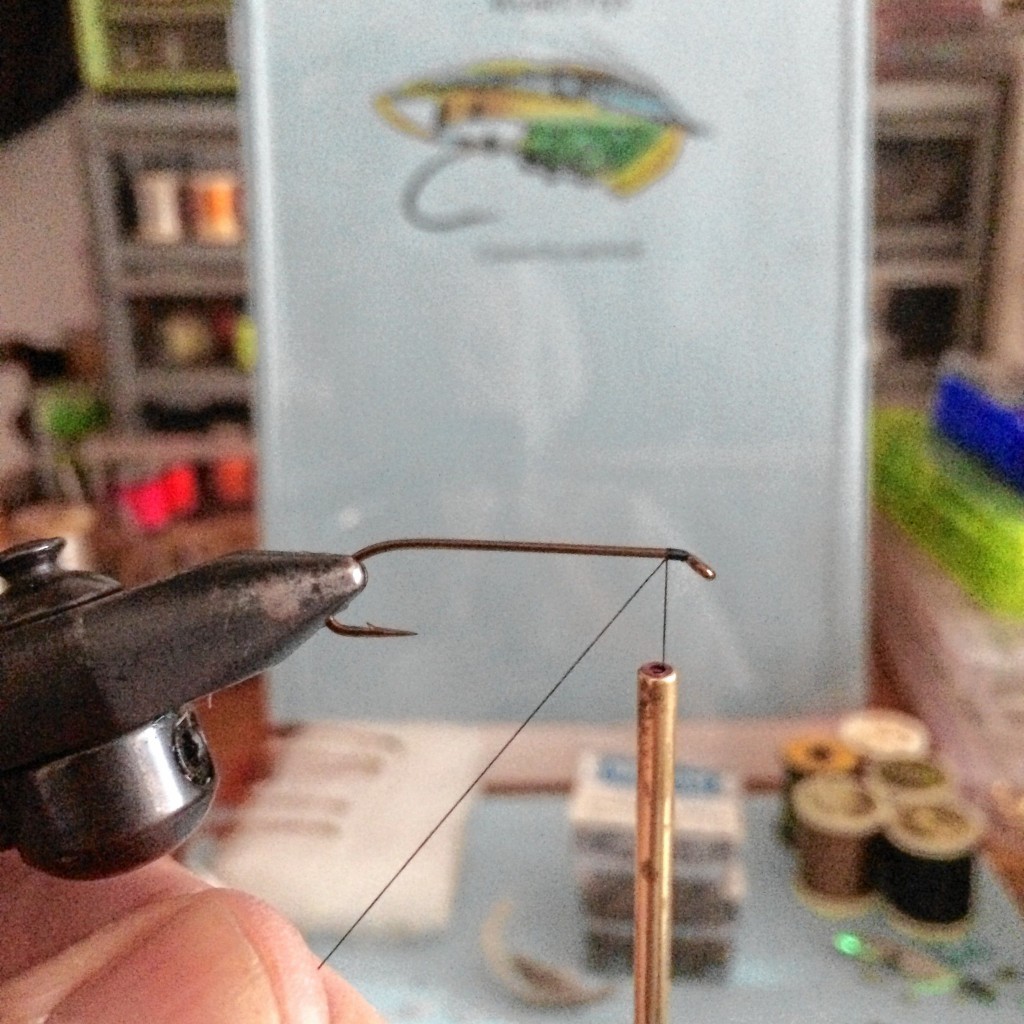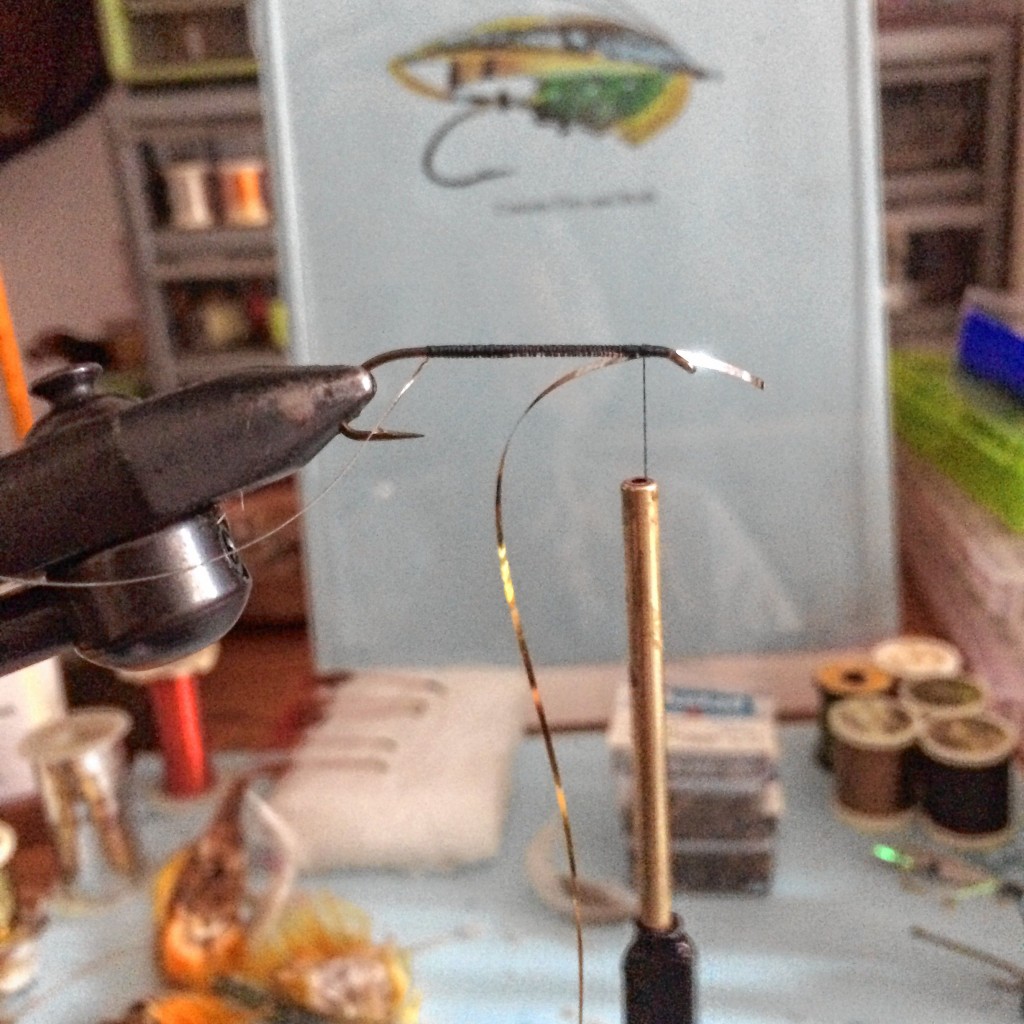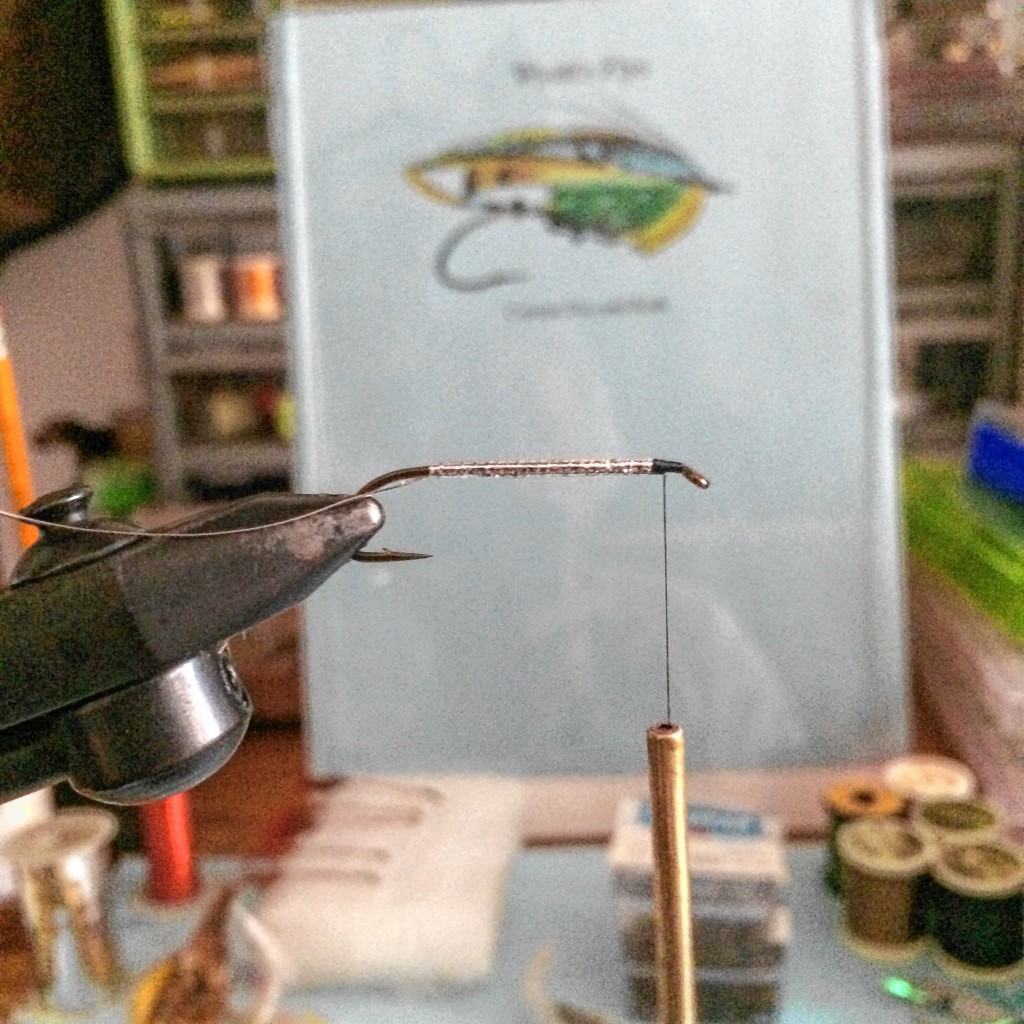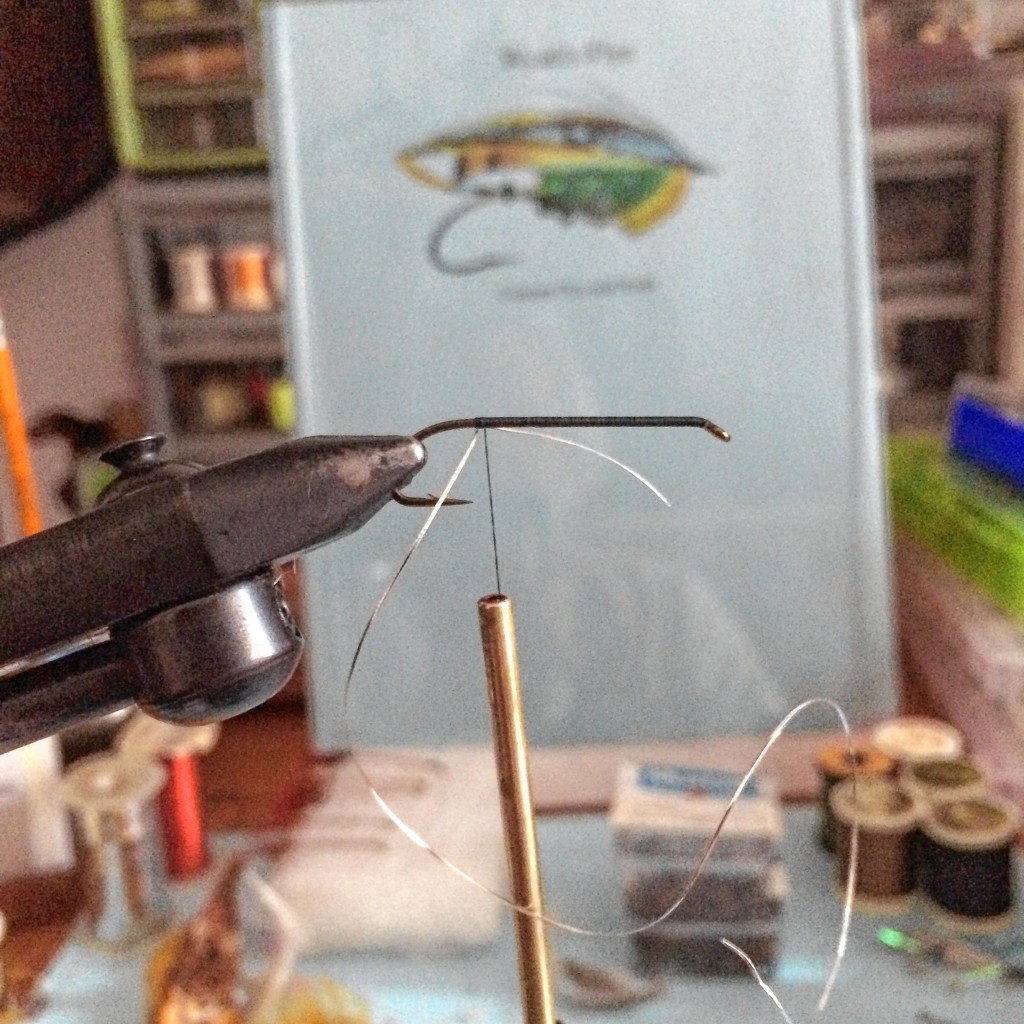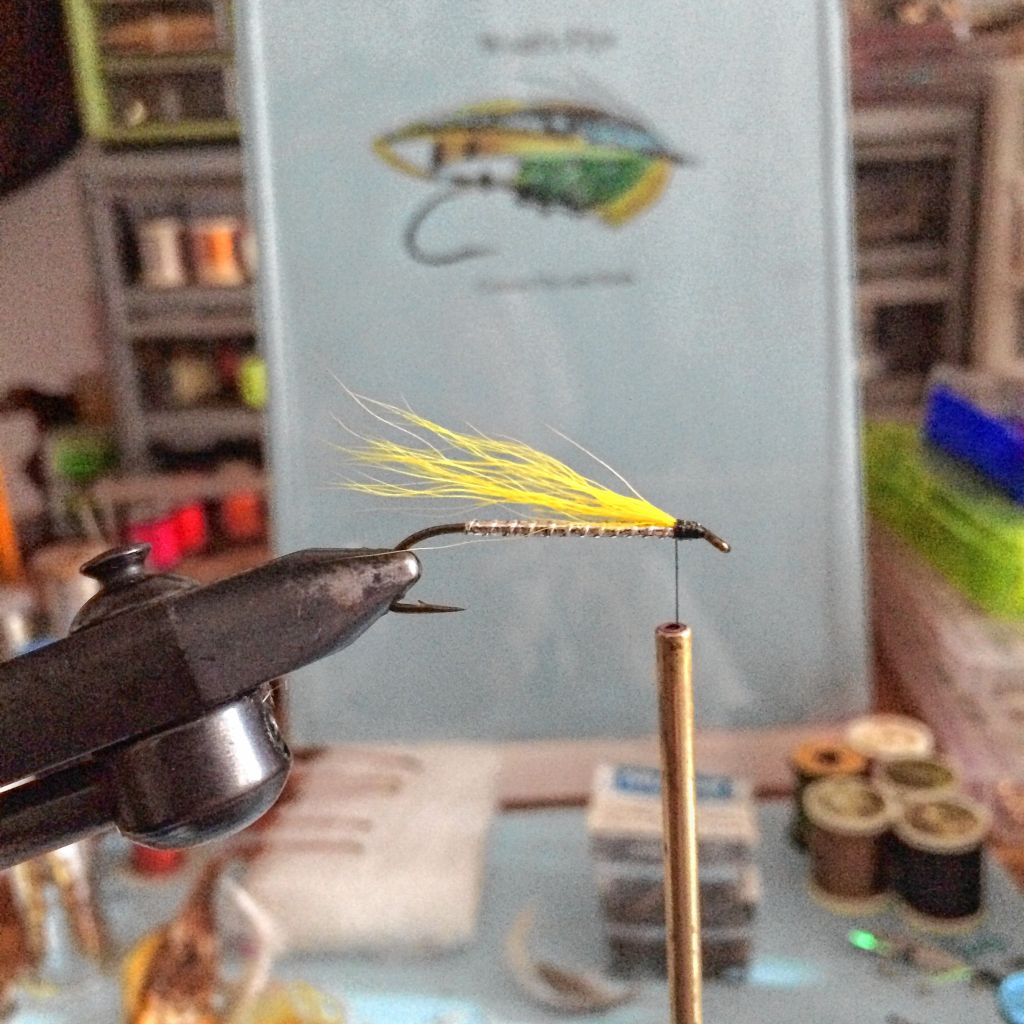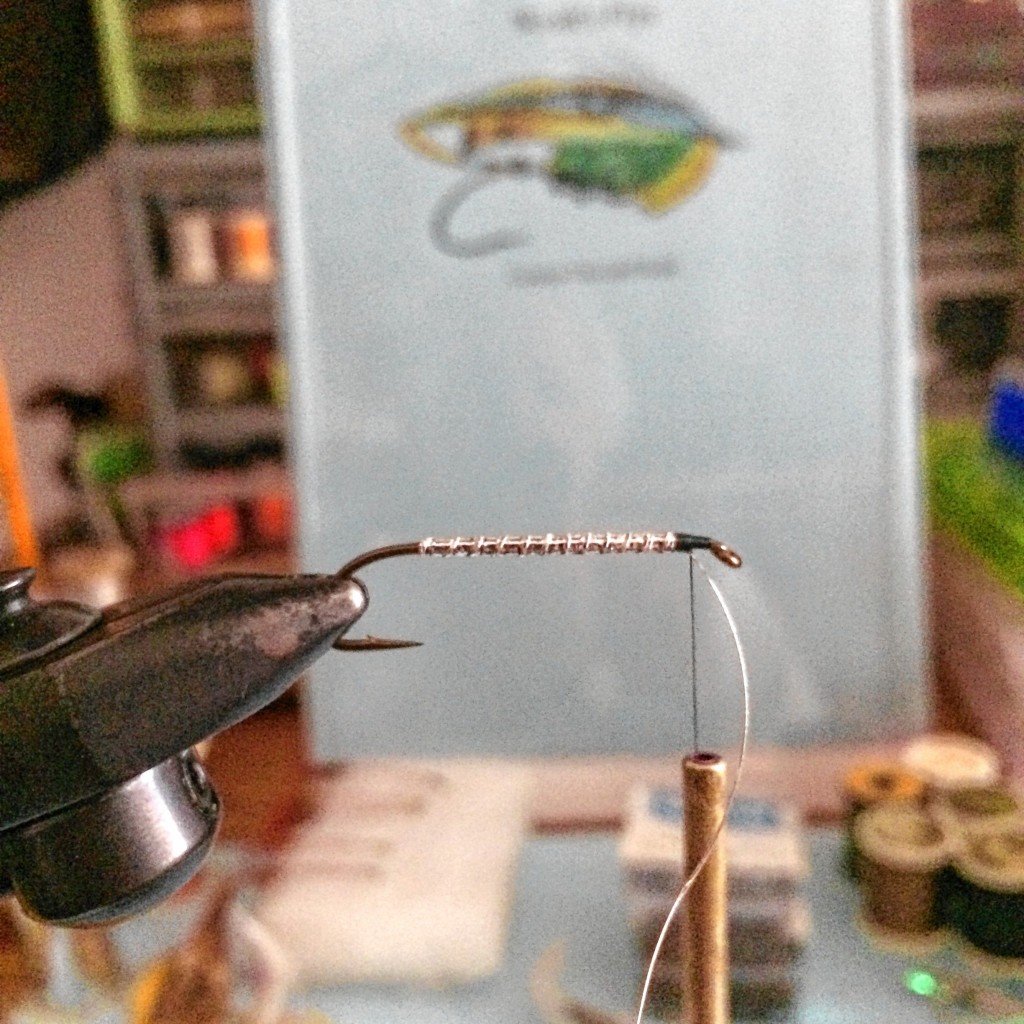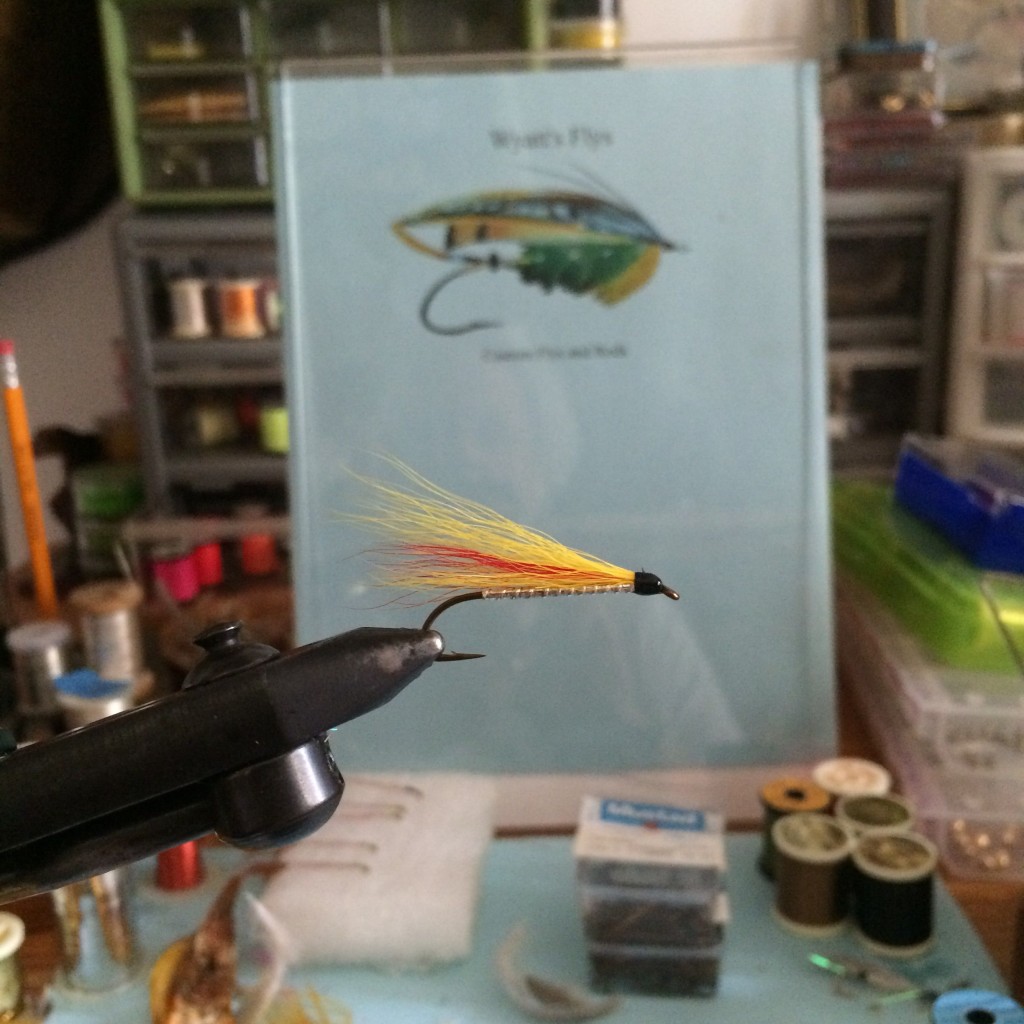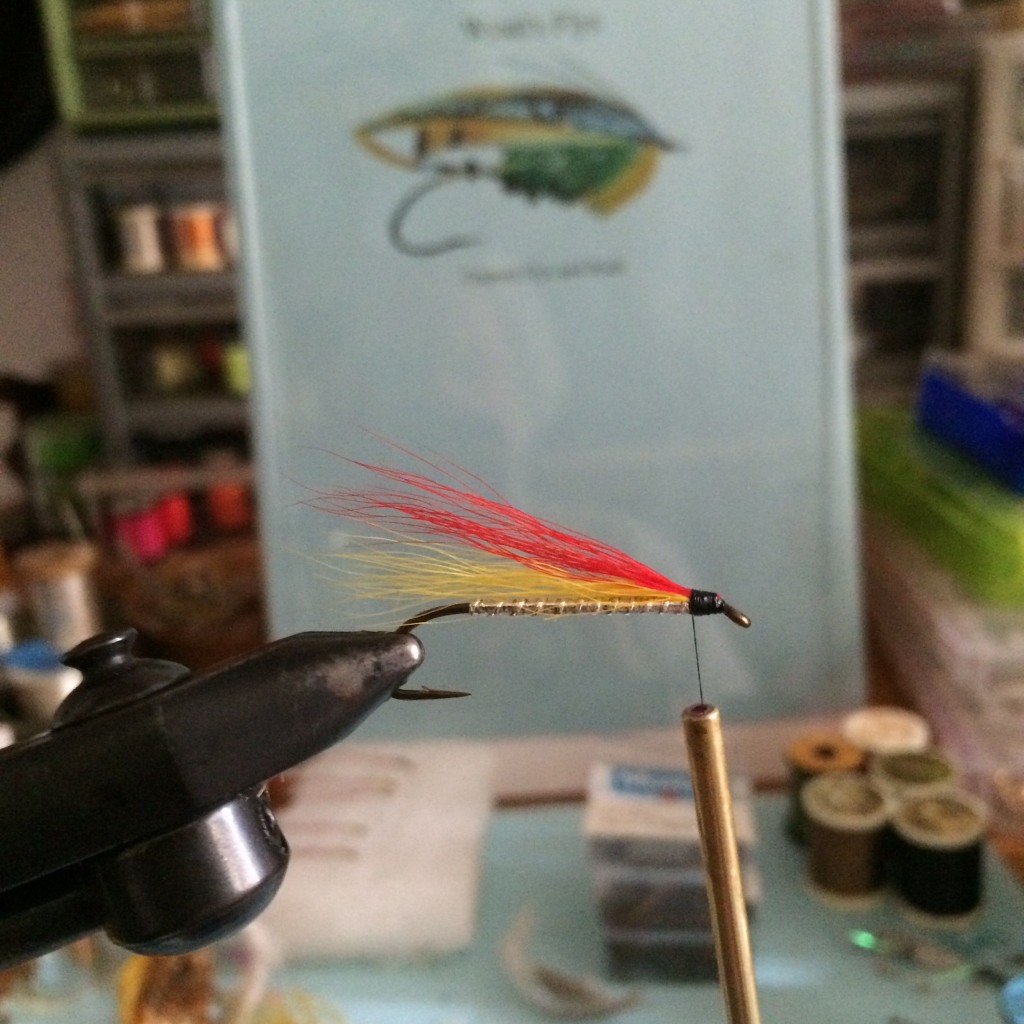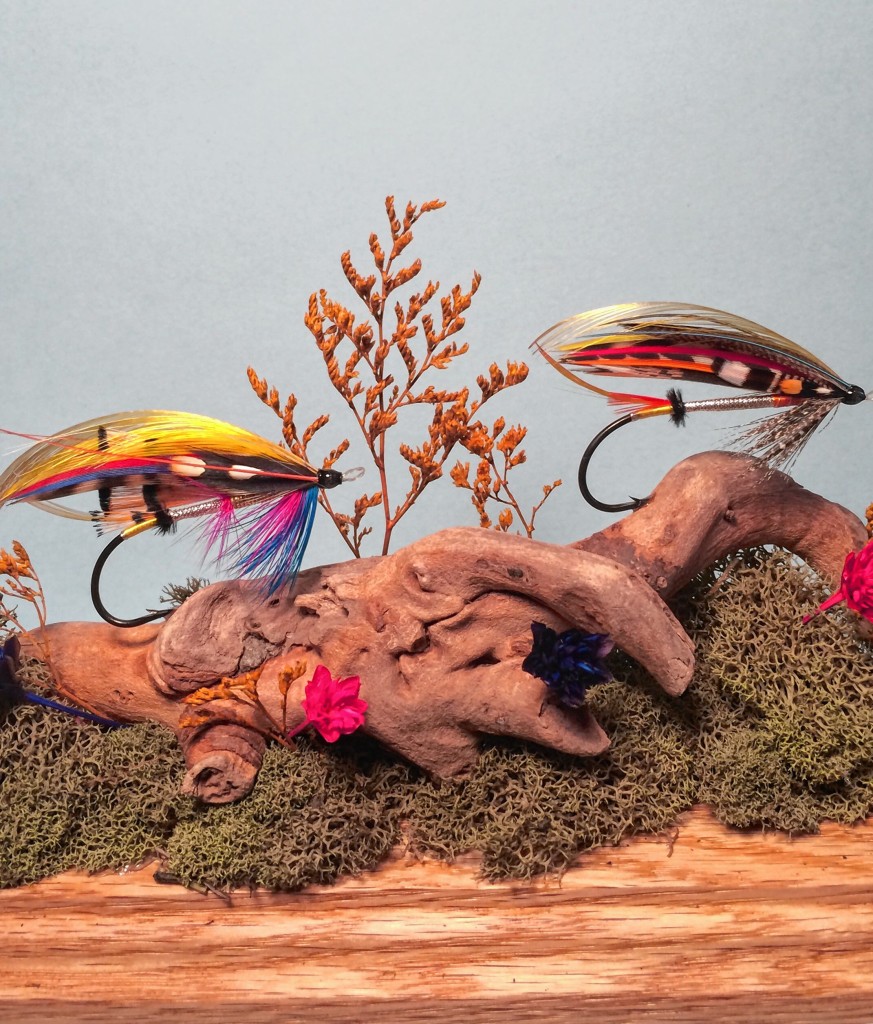Fishing season is here at last – and thankfully it has nothing to do with a house named Bob.
It’s spring, and we know you want to find more reasons to spend time outside. And right about now, local ponds, streams and rivers are full of fish, just waiting for you to cast a line.
We did a Fishing Issue last year, in which we focused a lot on “regular” fishing, so this year we wanted to take a closer look at fly fishing. And more specifically, we wanted to look into the art of fly-tying.
Naturally, we tracked down Bob Wyatt – master fly-tier, fisherman, artist, woodworker, instructor and guide. He’s basically a rock star in the fly-tying world (some might say he’s pretty fly), and he lives right here in our backyard. Who knew?
Wyatt found some time last week to tell us all about what goes into making a good fly. If you’re new to fishing, the fly is the thing on the end of the line of a fly fishing rod. It’s meant to simulate a fly, nymph or small bait fish. You know, the thing that helps attract the fish so you can catch it.
Unlike “regular” fishing, fly fishing doesn’t rely on the weight of the lure to carry a cast. Instead, fly fishing rods have heavier lines that provide the weight, and the flies are much lighter in comparison.
Like traditional, underwater fishing lures, flies come in all different designs, shapes, sizes and colors – and they’re all meant to catch different fish, Wyatt said.
Some flies, such as the Mickey Finn, only take about five minutes to make. Others, such as the classic Atlantic salmon fly, can take more than four hours.
The Mickey Finn flies, as you can see in the photos to the left, are fairly basic – some red and yellow frills with a shiny silver center. The classic Atlantic salmon flies (bottom) feature all kinds of colors, feathers, patterns and different visual elements. It’s all about making sure you catch the fish’s eye.
“It’s art in itself,” Wyatt said of casting and trying to catch a fish’s attention. “You want to try to mimic, or ‘match the hatch,’ ” he said.
By that he means that you want to try to mimic what the natural world is actually doing. If mosquitoes are starting to hatch at your favorite fishing spot, you should try to resemble those hatchlings as much as possible, using the correct fly and the right technique.
And just as the act of casting a good cast is a form of art, so is tying the flies. In fact, Wyatt is a member of the New Hampshire State Council on the Arts, where he makes flies as works of art to be sold and displayed.
He also teaches two courses – one for beginners and one for intermediates – through Concord Community Education. His fly-tying classes, which are five-week programs, meet at Concord High, and he actually just started a session a few weeks ago – sorry! If only we had thought of this sooner, his classes could have been way bigger – although with a limit of 10 per course, Wyatt might be glad that this story is coming out after his latest courses started.
Don’t let that scare you off though. Check back with Concord Community Ed (concordcommunityed.org or 225-0804) to find out when your next chance of signing up for one of the classes is.
When Wyatt isn’t busy tying flies or teaching others how to do it, he’s often guiding groups and individuals on fishing trips around Lake Winnipesaukee. Doesn’t sound like the worst way to make a living, if you ask us.
So we didn’t really get into the actual process of tying flies, but it basically consists of taking a fish hook and wrapping it with materials that give it color and texture. Honestly, the photos do a better job at explaining.
Check out WyattsFlys.com for info about his guided fishing trips or if you’re looking for a custom fly or two.

